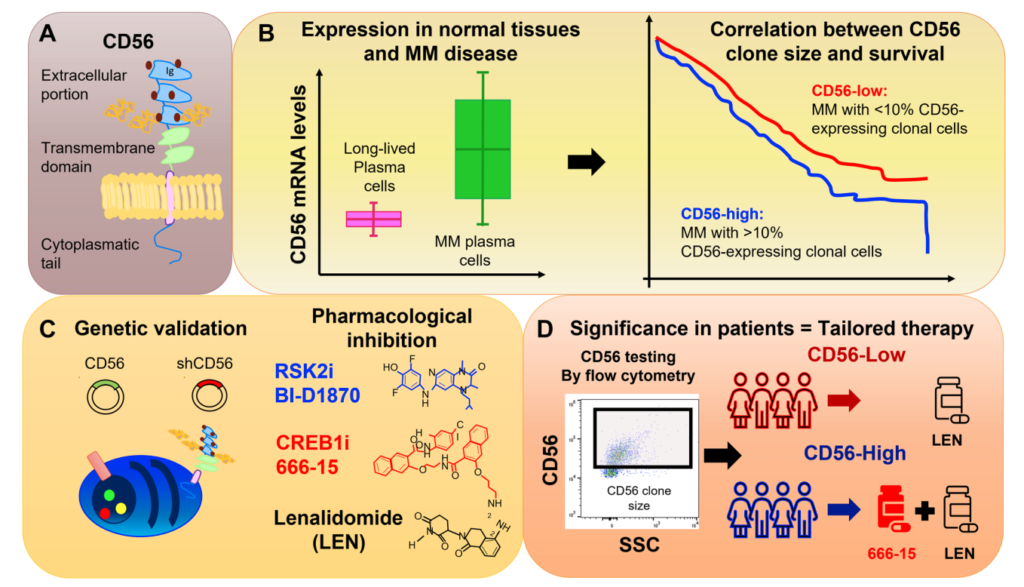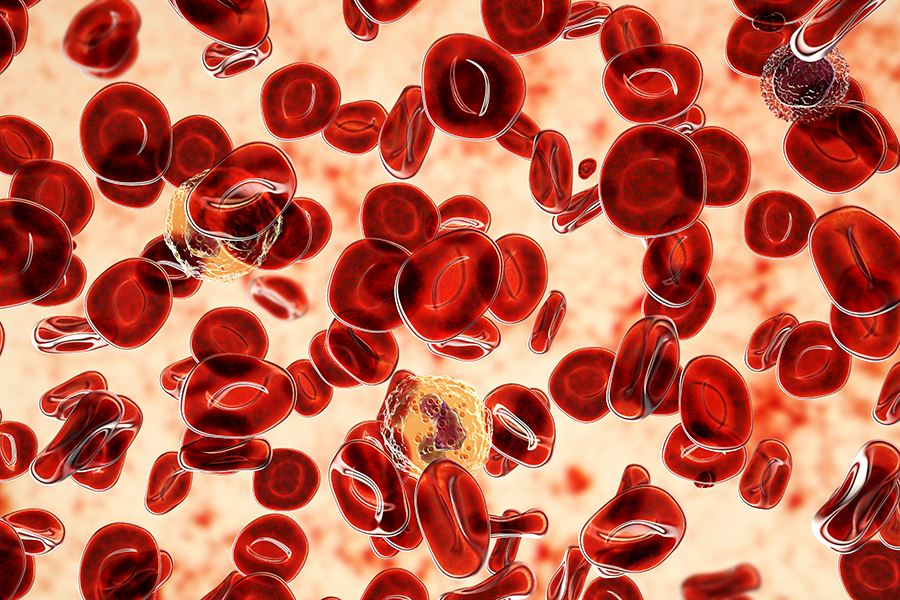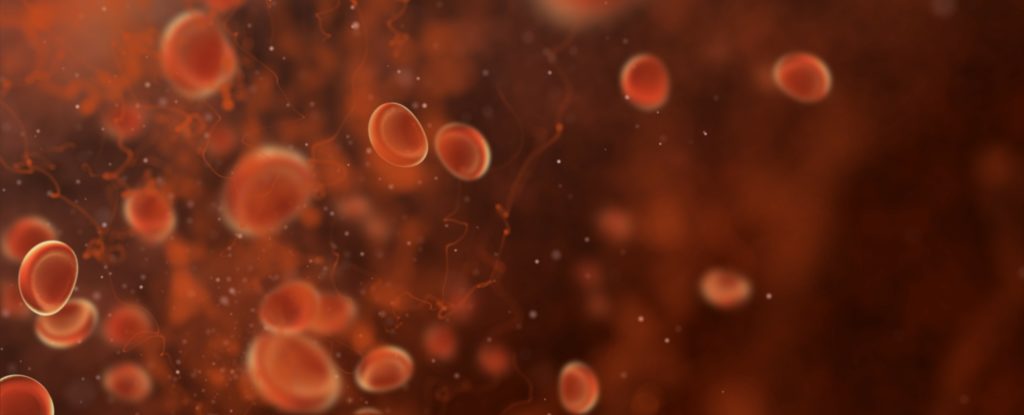In a recent editorial, researchers discuss targeting fatty acid binding proteins to fight multiple myeloma.

—
Multiple myeloma (MM) is a type of blood cancer that affects plasma cells, which are responsible for producing antibodies. MM is characterized by the accumulation of abnormal plasma cells in the bone marrow, leading to bone damage, kidney failure, anemia, and increased susceptibility to infections. MM is a heterogeneous disease with different subtypes and genetic mutations that affect the prognosis and response to treatment. Therefore, there is a need for new biomarkers and therapeutic targets that can improve the outcomes of MM patients.
One of the potential targets that has recently emerged is the fatty acid binding protein (FABP) family. FABPs are proteins that bind and transport fatty acids, which are essential for energy production, cell signaling and membrane synthesis. FABPs are expressed in various tissues and organs, and have different roles depending on their location and type. There are nine members of the FABP family, but FABP5 seems to be the most relevant for MM.
In a recent editorial paper, researchers Heather Fairfield and Michaela R. Reagan from Maine Health Institute for Research, University of Maine and Tufts University School of Medicine summarized previous findings from their 2023 study and the current evidence on the role of FABPs in MM. On June 19, 2023, their editorial was published in Oncotarget, entitled, “The hope for targeting fatty acid binding proteins in multiple myeloma.”
“The FABPs hold promise as new therapeutic targets in multiple myeloma (MM), as described by our laboratory, and supported by in silico analyses [2] and other data [3, 4].”
Editorial Summary
The authors found that FABP5 expression is higher in MM cells than in normal plasma cells, and that high FABP5 levels are associated with worse survival and progression in MM patients. They also show that FABP inhibitors can reduce MM cell growth, survival and proliferation by affecting various pathways and processes, such as:
- The unfolded protein response and ER stress response, which are activated by the high protein production in MM cells
- The reactive oxygen species (ROS) generation, which can cause oxidative damage and apoptosis
- The MYC oncogene expression and activity, which is essential for MM cell survival and proliferation
- The mitochondrial function and metabolism, which are altered in MM cells to favor fatty acid oxidation
- The DNA methylation patterns, which can affect gene expression and epigenetic regulation
- The immune cell infiltration and cytokine production in the bone marrow microenvironment, which can modulate the tumor-host interactions
The researchers also highlighted findings from other studies that support the importance of FABPs in MM. For example, Jia et al. found that FABP5 expression correlates with immune cell changes in the MM microenvironment. Liang et al. found that FABP4 expression is increased in MM patients and that FABP4 knockout or inhibition can improve survival and reduce tumor burden in mice models.
“We reported studies showing either decreased tumor burden or no effect of FABP inhibition in vivo, and thus further optimization of in vivo targeting of FABPs, FABP inhibitor design, or overcoming FABP inhibitor resistance in the bone marrow is still required before translation to the clinic can materialize [1].”
Conclusion
The authors conclude that FABPs are promising prognostic markers and therapeutic targets in MM, and that further research is needed to elucidate their mechanisms of action and to develop specific inhibitors. They also suggest that targeting both tumor cell-derived and microenvironment-derived FABPs may be more effective than targeting either one alone.
This editorial provides a concise overview of the current state of knowledge on FABPs in MM, and highlights the potential benefits of targeting them for MM treatment. It also raises some interesting questions for future research, such as:
- How do FABPs interact with other metabolic pathways and regulators in MM cells?
- How do FABPs affect the bone remodeling process and osteolytic lesions in MM?
- How do FABPs influence the drug resistance and relapse in MM?
- How do different types of FABPs cooperate or compete with each other in MM?
- How can FABP inhibitors be combined with other therapies for optimal efficacy and safety?
“Still, we are hopeful that by targeting FABPs, or following the science to other related pathways, it will be possible to revolutionize the therapy regimes currently used for MM patients.”
Click here to read the full editorial in Oncotarget.
—
Oncotarget is an open-access, peer-reviewed journal that has published primarily oncology-focused research papers since 2010. These papers are available to readers (at no cost and free of subscription barriers) in a continuous publishing format at Oncotarget.com. Oncotarget is indexed/archived on MEDLINE / PMC / PubMed.
Click here to subscribe to Oncotarget publication updates.
For media inquiries, please contact media@impactjournals.com.




